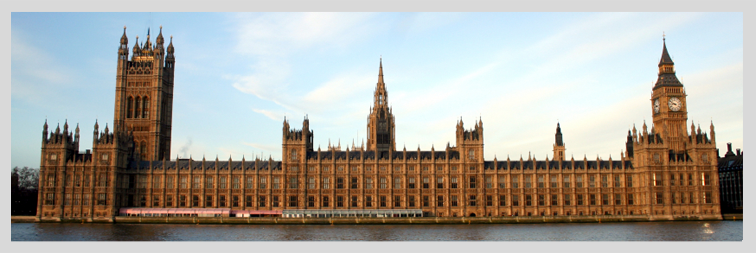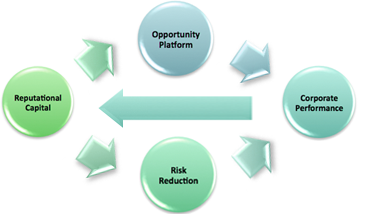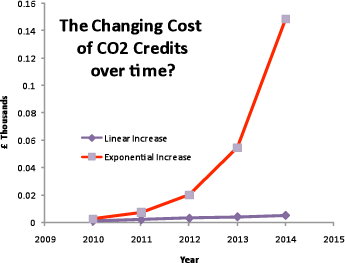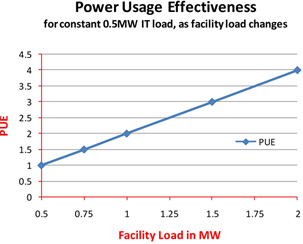Regulatory Environment
CO2 Emissions Regulation in the UK

Some companies, for example power stations and large industrial plants in Europe, already have to comply with the European Union Emissions Trading Scheme (EU ETS) which mandates how much carbon large emitters such as power stations can release into the atmosphere.
However, reducing the consumption of electrical power by all large consumers irrespective of industry has become a key focus of Governments as they struggle to meet carbon reduction targets. This is because, with few exceptions, most countries including the US and the UK rely on burning fossil fuels for >90% of power generation.
The UK's Carbon Reduction Commitment (CRC) is to decrease emissions by 1.2 million tonnes of carbon each year by 2020.
Although subject to revision as the Act passes through its final stages, it is intended that CRC will be a mandatory emissions trading scheme targeting emissions, currently not included in the EU ETS or Climate Change Agreements, from up to 5,000 large organisations.
This scheme will include, for example, office-based corporations, government departments and large local authorities, covering all organisations whose electricity consumption through half hourly meters is greater than 6,000 MWh/yr - equivalent to an annual electricity bill of ~£500k.
During a planned introductory phase, due to start in April 2010, all allowances will be sold at a fixed price (TBA). From April 2013, allowances will be allocated through auctions with a diminishing number of credits available over time.
UK Corporate Risk: Cost & Reputational
Corporate Social Responsibility
In 2010 and thereafter, company performance will be published in league tables by sector outlining the best and worst performers in terms of absolute carbon emissions and overall reduction.
This poses a clear reputational risk for companies, as well as a major potential source of competitive marketing advantage over in-sector competitors.
Both the transparency and the granularity of reporting is expected to increase over time.


Environment Legislation Costs
Initially the auction revenues generated through the initial sale of credits will be recycled back to participants, with companies receiving payments back from government in relation to their first year emissions, plus or minus a bonus or penalty dependent on their position in the league table.
However, for indebted Governments with aggressive carbon reduction targets to achieve, speculation is that the cost of credits will rise dramatically in future years.
FM & IT Responsibilities
A quarter of all Information Communication Technology (ICT) global emissions arise from within data centres (Gartner) and this percentage is set to grow. ICT represents around 2% of global emissions, on a par with aviation.
For many office based corporate environments highly dependent on IT systems, data centre power consumption is a major component of overall power usage. In the context of a commercial carbon credit regime, this will represent a significant proportion of carbon credit demand.
Growth in energy demand from data centres is set to continue despite efforts by manufacturers to improve energy efficiency as well as CPU capabilities.
Against this challenging backdrop IT and facilities management can combine to improve the energy efficiency of their data centres.
The Green Grid has introduced Power Usage Effectiveness (PUE) as a measure of data centre efficiency.
Keyzone can help you measure and improve your data centre efficiency.
